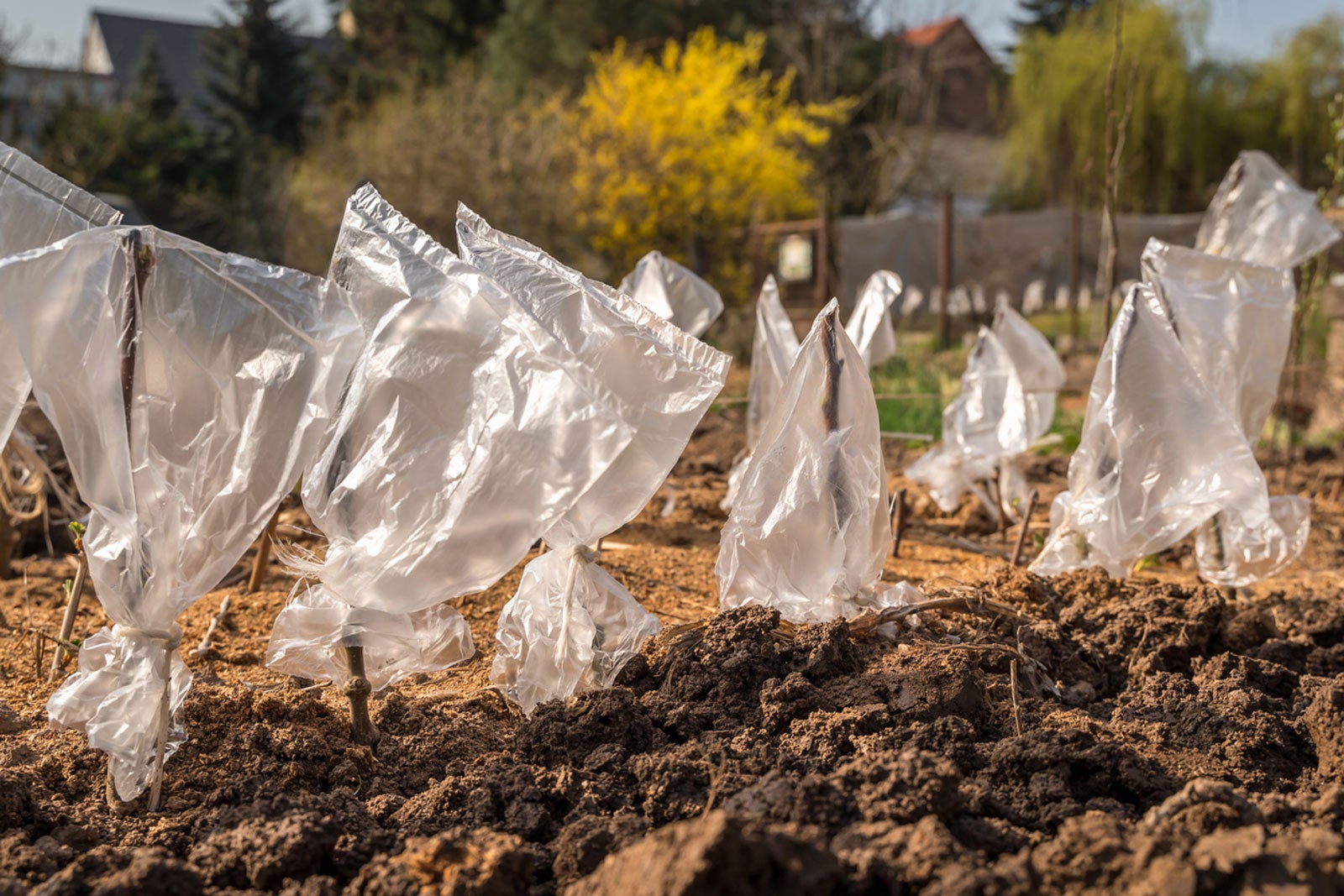Apple Tree Rooting: Learn About Planting Apple Tree Cuttings

If you’re new (or even not so new) to the gardening game, you might wonder how apple trees are propagated. Apples are usually grafted onto hardier rootstocks, but what about planting apple tree cuttings? Can you root apple tree cuttings? Starting apple tree cuttings is possible; however, you may not end up with the exact characteristics of the parent plant. Read on to learn more.
Can You Root Apple Tree Cuttings?
Apples can be started from seed, but it’s a little like spinning a roulette wheel; you never know exactly what you’ll get. The rootstocks of most popular apple varieties tend to be susceptible to disease and are grafted onto hardier rootstock.
Another method of propagation is planting apple tree cuttings. This is a fairly straightforward method of propagation but, as with propagation from seed, it’s a bit of a mystery as to what you will end up with, and apple tree rooting isn’t always successful.
Starting Apple Tree Cuttings
Start an apple tree from cuttings in the winter or early spring when the tree is dormant. With sharp pruning shears, cut a portion of a branch that is 6-15 inches (15-38 cm.) from the tip of the branch.
Store the cutting, cut end down in moist sawdust or vermiculite for 3-4 weeks in a cool basement, cellar or refrigerator.
At the end of this chilling period, a callus will have formed over the cut end. Dust this callused end with rooting powder and then stick the dusted end in a container of moist peat soil. Keep the soil consistently moist. Place the container in a warm area of partial to dappled sunlight.
Planting Apple Tree Cuttings
After a few weeks, you should see leaves begin to emerge, which also means that roots are growing. At this time, give them a light application of liquid fertilizer or manure water.
Gardening tips, videos, info and more delivered right to your inbox!
Sign up for the Gardening Know How newsletter today and receive a free copy of our e-book "How to Grow Delicious Tomatoes".
Transplant at this juncture or keep the cutting in the container for the next year until the seedling has established roots and then transplant it the following spring.
Dig a hole that is large enough to accommodate the apple tree rooting. Settle the seedling apple tree into the hole and fill in around the roots with soil. Gently tamp out any air bubbles and water the plant in well.
If it is still fairly cool outside, you may need to cover the trees for added protection but remove the covers once it’s warmed back up.

Amy Grant has been gardening for 30 years and writing for 15. A professional chef and caterer, Amy's area of expertise is culinary gardening.
-
 Looking For Plants To Give You The Soft And Fuzzies? Try These 5 Fuzzy Leaf Plant Options
Looking For Plants To Give You The Soft And Fuzzies? Try These 5 Fuzzy Leaf Plant OptionsLovers of texture, drama, silver foliage and tactile plants will adore these special sensory garden additions. These fuzzy leaf plant options will leave you all aglow
By Susan Albert
-
 Get Ready For A Summer Of Hummers! Grow These Full Sun Hummingbird Plants and Flowers
Get Ready For A Summer Of Hummers! Grow These Full Sun Hummingbird Plants and FlowersIf you’re lucky enough to enjoy a sunny backyard, make sure you are maxing out on your pollinator opportunities and grow these full sun hummingbird plants and flowers
By Tonya Barnett